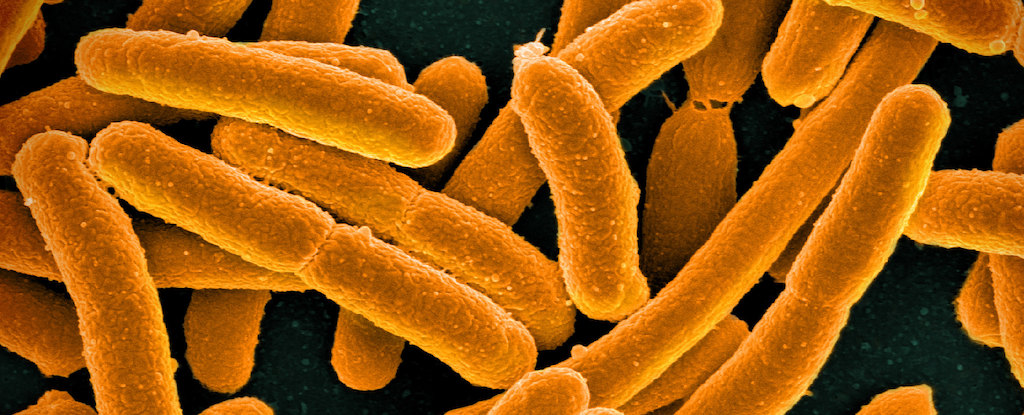Scientists Create a NEW Lifeform with a Bizarre Twist: 57-Codon Bacteria!










2025-08-18T15:01:09Z

Imagine a world where life exists with a simpler set of instructions than anything we've ever seen before. Scientists have taken a giant leap in synthetic biology by crafting a new bacterium, Syn57, that is not only engineered but also operating on a radically modified genetic code, using just 57 out of the 64 codons that nature has relied on for billions of years.
This groundbreaking creation, a synthetic variant of Escherichia coli, sheds light on the very building blocks of life itself. For context, codons are like the letters in a complex sentence, made up of triplets of nucleotides that compose our DNA and RNA. These codons are vital; they instruct cells on how to convert simple molecules into the amazing proteins that fuel life.
However, here's where it gets fascinating. Nature has equipped all living organisms to craft proteins using a collective of 20 amino acids, meaning that many codons are actually duplicitous – a bit like having multiple words in English that mean the same thing. Syn57’s creators have tackled this redundancy head-on, streamlining the genetic code by discarding some of these repetitive codons.
A team at the Medical Research Council Laboratory of Molecular Biology in the UK made history by being the first to successfully establish a lifeform with just 57 codons, surpassing the previous record of 61 codons. Their ambitious project involved a meticulous process to eliminate certain codons associated with the amino acid serine and alanine, and even a 'stop' codon. They meticulously planned out over 101,000 alterations in a computer model before diving into the complex task of piecing together the genetic code.
This journey was fraught with uncertainty. Wesley Robertson, a synthetic biologist and lead author of the study, reflected, “We definitely went through periods where we were like, ‘Well, will this be a dead end, or can we see this through?’” This monumental effort exhibits how life can indeed thrive with a significantly trimmed-down genetic blueprint, which opens doors to even more experimental possibilities.
As exciting as this discovery is, the implications stretch far beyond just curiosity. Syn57's unique genetic blueprint could allow scientists to assign alternative functions to the freed-up codons, potentially leading to the development of innovative synthetic materials that could revolutionize various industries.
Moreover, because Syn57's genetic code is designed to be indecipherable to natural microbes, it holds promise for resisting viral infections that plague bacterial cultures used in industrial applications. This could drastically reduce costs associated with bacterial protein production, which often suffers set-backs due to viral breakouts.
In essence, this new lifeform may not only symbolize a scientific triumph but could also provide a safeguard against the risks associated with genetically modified organisms. Robertson noted, “We can then prevent the escape of information from our synthetic organism.” This research, published in the esteemed journal Science, is a testament to the endless possibilities of genome synthesis and pushes the boundaries of what we thought was possible in the realm of synthetic life.
 Marco Rinaldi
Marco Rinaldi
Source of the news: ScienceAlert